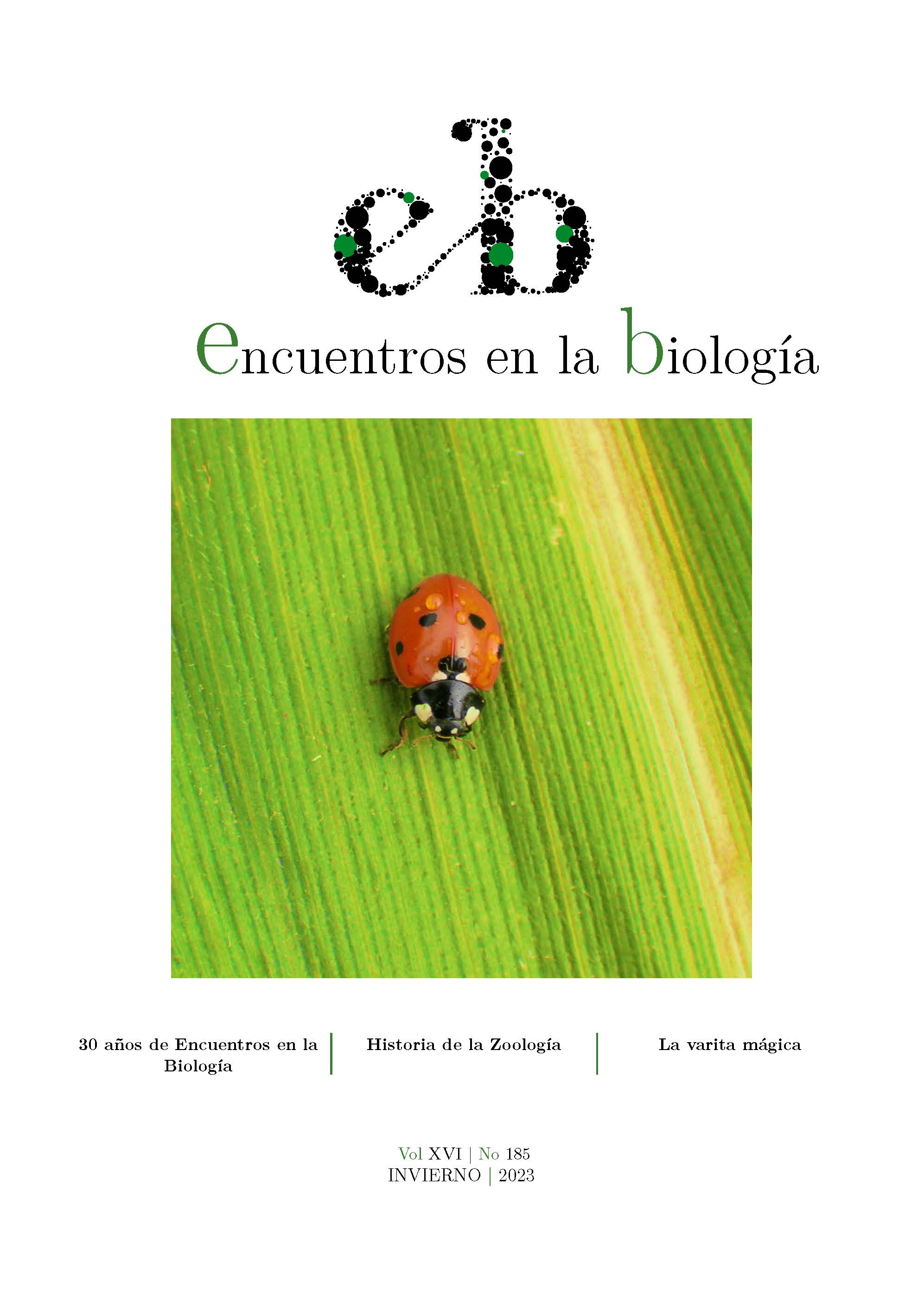dragon´s poison
DOI:
https://doi.org/10.24310/enbio.v16i185.17146Abstract
Dragons, those mythological beings of nature arcana looking like a giant lizard, forked tongue and its characteristic breath of fire, were the creatures that inspired the common name of the Varanuskomodoensis, the Komodo dragon
Downloads
Metrics
Publication Facts
Reviewer profiles N/A
Author statements
Indexed in
-
—
- Academic society
- N/A
- Publisher
- Uma Editorial. Universidad de Málaga
References
Auffenberg, W. (1978). Social and feeding behavior in. In i (pp. 301-331). US Department of Health, Education, and Welfare.
Fry, B. G., Vidal, N., Norman, J. A., Vonk, F. J., Scheib, H., Ramjan, S. F., ... & Kochva, E. (2006). Early evolution of the venom system in lizards and snakes. Nature, 439(7076), 584-588.
Shufeldt, R. W. (1891). The poison apparatus of the Heloderma. Nature, 43(1118), 514-515.
Fry, B. G., Wroe, S., Teeuwisse, W., van Osch, M. J., Moreno, K., Ingle, J., ... & Norman, J. A. (2009). A central role for venom in predation by Varanus komodoensis (Komodo Dragon) and the extinct giant Varanus (Megalania) priscus. Proceedings of the National Academy of Sciences, 106(22), 8969-8974.
Kurt Schwenk citado en Zimmer C. (Mayo 18, 2009). Chemicals in Dragon’s Glands Stir Venom Debate. The New York Times.
Goldstein, E. J., Tyrrell, K. L., Citron, D. M., Cox, C. R., Recchio, I. M., Okimoto, B., ... & Fry, B. G. (2013). Anaerobic and aerobic bacteriology of the saliva and gingiva from 16 captive Komodo dragons (Varanus komodoensis): new implications for the “bacteria as venom” model. Journal of Zoo and Wildlife Medicine, 262-272.
Downloads
Published
How to Cite
Issue
Section
License
Esta obra está bajo licencia internacional Creative Commons Reconocimiento-NoComercial-CompartirIgual 4.0.
Esta revista provee acceso libre inmediato a su contenido bajo el principio de hacer disponible gratuitamente la investigación al público. Todos los contenidos publicados en Encuentros en la Bilogía están sujetos a la licencia Creative Commons Reconocimento-NoComercia-Compartirigual 4.0 cuyo texto completo puede consultar en <http://creativecommons.org/licenses/by-nc-sa/4.0>
Se pueden copiar, usar, difundir, transmitir y exponer públicamente, siempre que:
Se cite la autoría y la fuente original de su publicación (revista, editorial y URL de la obra).
No se usen para fines comerciales.
Se mencione la existencia y especificaciones de esta licencia de uso
Los derechos de autor son de dos clases: morales y patrimoniales. Los derechos morales son prerrogativas perpetuas, irrenunciables, intransferibles, inalienables, inembargables e imprescriptibles. De acuerdo con la legislación de derechos de autor, Encuentros en la Biología reconoce y respeta el derecho moral de los autores/as, así como la titularidad del derecho patrimonial, el cual será cedido a la Universidad de Málaga para su difusión en acceso abierto. Los derechos patrimoniales, se refieren a los beneficios que se obtienen por el uso o divulgación de las obras. Encuentros en la Biología se publica en open access y queda autorizada en exclusiva para realizar o autorizar por cualquier medio el uso, distribución, divulgación, reproducción, adaptación, traducción o transformación de la obra.
Es responsabilidad de los autores/as obtener los permisos necesarios de las imágenes que están sujetas a derechos de autor.
Los autores/as cuyas contribuciones sean aceptadas para su publicación en esta revista conservarán el derecho no exclusivo de utilizar sus contribuciones con fines académicos, de investigación y educativos, incluyendo el auto-archivo o depósito en repositorios de acceso abierto de cualquier tipo.
La edición electrónica de esta revista esta editada por la Editorial de la Universidad de Málaga (UmaEditorial), siendo necesario citar la procedencia en cualquier reproducción parcial o total.






